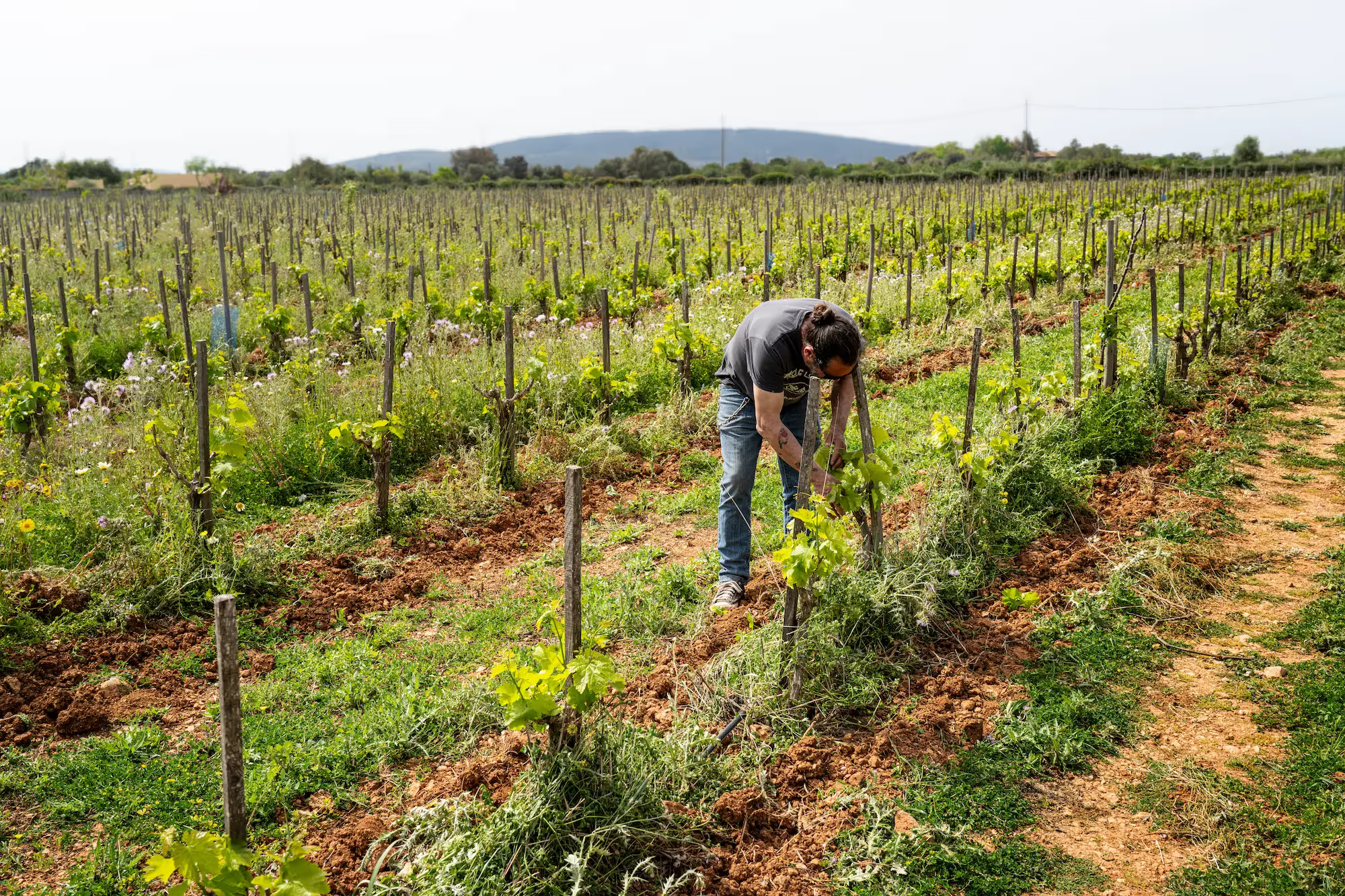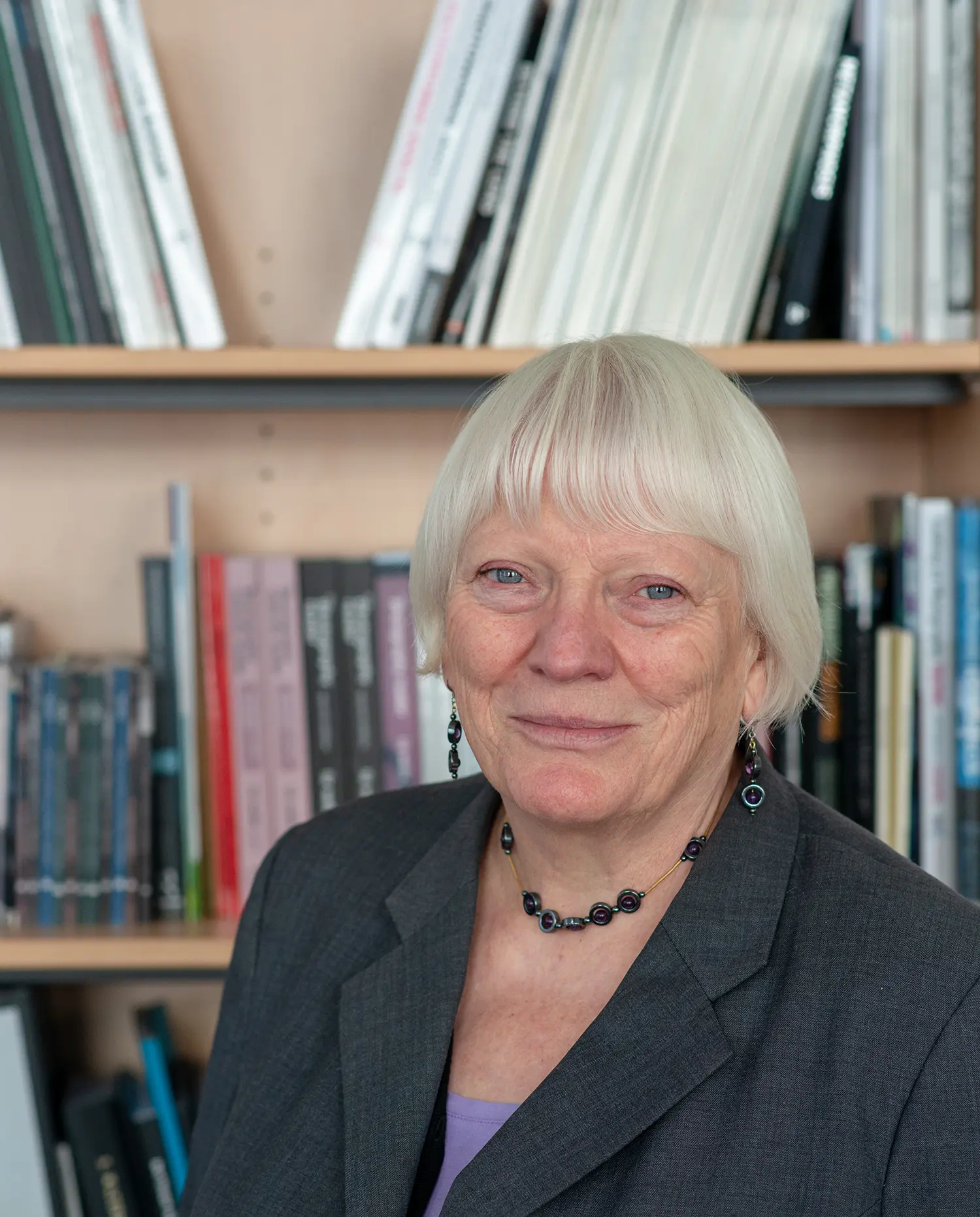
T
ucked away in a corner of the buzzing Mercat Olivar fish market, Mercat Negre attracts foodies like honey attracts bees. Standing casually around the bar, one can enjoy fresh mussels in escabeche, carpaccio of prawns, sardines with smoked salt in a white gazpacho with almonds, grilled sole on a celeriac purée, raw red tuna or cooked at a low temperature, slow-cook style... You can also savour a whole fish or even the head of a fish, patiently and perfectly deboned. There's no salmon or cod here, but you will find cap roig, vis, surer, aragna, vaca, tord massot and other specifically local fish, cooked to perfection, and, best of all, on the spot and in front of you
The concept of Mercat Negre seems obvious. Yet, it is the exception. At the Mercat Olivar, as at Santa Catalina indoor market, the star of the market restaurants is the oyster or sushi. “What seems strange to me," explains Pau Navarro, head chef at Taller Clandesti and Mercat Negre, "is that people come here to eat oysters, which come from France, and sushi, which is Japanese, made with salmon or sea bream reared in fish farms in northern Europe.” It is difficult to estimate the proportion of wild fish sold at l'Olivar. "They must represent 30 or 40%, 50% if I'm very generous with the fish on offer”. More than half the fish consumed in Europe comes from aquaculture. And the trend is not about to reverse itself: by 2030, it is estimated that two thirds of the fish consumed in Spain will come from aquaculture. “We're offering people products and ways of eating that aren't ours. At Mercat Negre, all the fish I cook is wild-caught by small boats," explains the young chef as he passionately waves his tattooed arms; "And I prefer fresh, local, seasonal fish to farmed turbot or salmon that has spent a week in a crate”.
Of the eighteen stalls in the fish market, only two still have a boat. Asun, from Peixos Ferragut Fernandez, who took over the stall run by her parents, recalls: "I knew the fish market when all the stalls were run by fishermen". In Palma, as elsewhere, fishing is no longer in demand. The number of fishing boats in the Balearic Islands has fallen from 1,000 in 2000 to 300 today. “Jordi, my husband," explains Asun, "leaves the port at 4.30 in the morning and returns in the early afternoon. He never knows what he's going to catch in his nets”. Asun's stand sells the last octopus of the season reserved by loyal customers, squid, tuna and a host of different local fish. Many of these fish are little-known and rarely eaten. As a result, they are cheap. “It's up to us chefs," explains Pau, "to showcase them and create a circular economy that benefits local people”.















